-
Delivery from 10 plants within 15 days FR/ EU / CH
Delivery Terms -
Wholesale Supplier of Small Fruit Plants
About Us -
Quality Small Fruit Plants
Technical itinerary for small fruits -
Secure payment
Our Payment Terms
Which Variety of Gooseberries Should You Choose? Characteristics and Uses of Gooseberries
How to choose your variety of Gooseberry bushes?
You would like to plant Gooseberry bushes on your plot but you don't know which variety of Gooseberry bushes to grow Which grapes to choose? This guide to currant varieties Grappes lists the main varieties along with their characteristics and uses. For farm sales, supermarket sales, or processing? There's something for everyone.
If you are looking for another variety of Gooseberry Grapes do not hesitate to contact us: contact us
Our ranges of Gooseberry bushes Clusters :
Organic Gooseberry Range for Professionals
Conventional Gooseberry Bush Range for Professionals
Gooseberry Variety Guides Clusters :
| Variety | Fruit Color | Remontante | Precocity | Productivity | Fruit Size / Shape | Disease Resistance / Hardiness | Fruiting Period | Taste | Self-fertile |
|---|---|---|---|---|---|---|---|---|---|
| Jonkheer Van Tets | Bright Red | Non-Rising | Early | Very productive variety | Medium to large fruit cluster | Vigorous variety with good disease resistance, adapts to poor soil and is very cold resistant. | June-July | Juicy berries with a sweet taste. Suitable for fresh or for making jam, for example. Its juice is quite dark. The skin is a little thick. | Yes |
| Junifer | Bright red | Non-Rising | Early | Very productive variety | Long bunches | Little need for cooling, suitable for the south of France | End of June to End of July | Perfect for processing because it is rich in pectin, which makes it easier to make jam. | Yes |
| Laxton's Perfection | Dark red | Non-Rising | Season | Very productive variety | Large bunches. Large fruit. | recommended in northern or continental regions with cold winters, good hardiness and disease resistance but average vigor | July | Pleasantly fragrant, sweet and tangy with firm fruit | Yes |
| London Market | Light red | Non-Rising | Mid-Season | Excellent yield. Can reach around 7 kg per plant in optimal conditions. | Long, compact clusters. Large fruit. Round berries. | Very hardy and vigorous variety. Resists down to -15°C. Good disease resistance. Do not plant on plains south of the Loire. | Mid-July to Mid-August | Juicy and tangy pulp, rich in pectin, therefore ideal for processing | Yes |
| Rovada | Red | Non-Rising | Late | Very large production, easy to pick, reliable production, picking can be delayed because the fruit stays on the plant well | Long bunches | Resists fungal and leaf diseases. Attracts bees and butterflies. | End of July to End of August | Very tasty. Fragrant and slightly tangy. Suitable for fresh or processing. | |
| Wilder | Red | Non-Rising | Season | Very productive | Long bunches, medium size | Good disease resistance | July | Very tasty fruit, good sugar-acid balance | Yes |
| Mulka | Dark red | Non-Rising | Late | Very productive | Small berries, long clusters | Moderately vigorous but possible in mountain cultivation because it is very late. Needs soil enriched with organic matter. | August | Very sweet and aromatic fruit | Yes |
| Glory of the Sablons | Light Pink | Non-Rising | Late | Productive variety | Long bunches, medium size | Vigorous variety. Not suitable for calcareous soils. Resists diseases well and down to -20°C. Not very susceptible to diseases except pest attacks. | Mid-July to End of August | Sweet and slightly acidic flavor | Yes |
| Champagne Rose | Pink | Non-Rising | Mid-Season | Good production | Numerous medium-sized clusters | Adapts to all types of soil. Vigorous variety. | Mid-July to Mid-August | Sweet and mild flavor | |
| Bar Le Duc | White | Non-Rising | Late | Average productivity | Medium-sized, narrow cluster | Hardy and moderately vigorous variety | End of July to End of August | Contains very few seeds. Can be used fresh or in processing: sorbet, jam, pastry juice, quite acidic and fragrant. | Yes |
| White Cherry | White-Pink | Non-Rising | Late | Good production. Easy to pick. | Long clusters. Medium-sized fruit. | Good disease resistance but moderately vigorous | End of July to End of August | Firm fruit. Tangy and fragrant taste. Juicy. Very good fresh | Yes |
| Red Lake | Red | Non-Rising | Late | Very productive, easy to pick | Long bunches | Highly resistant to diseases such as powdery mildew and anthracnose | Mid-July to End of August | Good sugar-acid ratio. Very fragrant. Slightly tart. | Yes |
| Red Start | Red | Non-Rising | Very late (after Red Lake) | Good performance | Long clusters. Medium-sized fruit. | Mid-August to late August | Good acidic flavor. Very good for making into jellies. | Yes | |
| Rolan | Bright red | Non-Rising | Season | Very productive variety. Easy to pick. | Long clusters. Medium-sized fruit. | Very disease-resistant variety. High cold requirements. Suitable for harsh winters. | July to August | Very tasty. Slightly tangy. Medium aromatic. Suitable for all uses (fresh or processed) | Yes |
| Rondom | Pale red | Non-Rising | Late | Very productive. Easy to pick. Known for its yield. | Firm fruit. Large, regular-sized berries. Firm | Hardy variety. Good tree retention. High light requirements. Strong immune system. | Mid-July to End of August | Exceptional flavor. Perfect for making into a pie. | Yes |
| Rosetta | Bright red color. Perfect for decoration because of its beautiful color. | Non-Rising | Late | Very productive | Large fruit | The fruit may burst in hot weather after heavy rain | Mid-July to End of August | Perfect for making red fruit coulis or jam. Acidic taste | Yes |
| Rotet | Bright red | Non-Rising | Very late | Reliable variety. Good productivity every year. | Medium to large fruit | Hardier than average variety. Resists splitting after rain. | Mid-August to late August | Very sour taste. Perfect for processing and decoration. | Yes |
| Blanka | Yellow-whitish | Non-Rising | Season | Good productivity (between 6 and 11KG per shrub) | Medium-sized fruit | Very disease resistant but susceptible to powdery mildew | July to August | Juicy and fresh with large seeds | Yes |
| Primus | Translucent white | Non-Rising | Season | High-yielding variety | Medium to large fruit | Retains its quality for a long time on the tree, then takes on a pinkish color. Resistant to diseases but slightly susceptible to mildew | Mid-June to Mid-July | Acidic and juicy. Suitable for fresh or juicy consumption. One of the sweetest white currant varieties. Variety very rich in Vitamin C. | Yes |
| Werdavia | Light Yellow | Non-Rising | Season | Variety with excellent yield potential | Very large bunches | Hardy variety. Very disease resistant. Will withstand cold down to -22°C | July to August | Very tasty and rich in vitamin C. Sweet, tangy and fragrant taste | Yes |
| White Dutchwoman | White tinged with pink | Non-Rising | Late | Variety that offers a good yield | Large berries, long bunches | Reliable variety. Disease resistant. | Mid-July to End of August | Sweet and fragrant flavor. Ideal for fresh consumption. | Yes |
| White Versailles | Translucent white with amber reflection | Non-Rising | Season | Productive variety, easy to harvest | Numerous short bunches, medium-sized fruit | Good disease resistance. Frost resistant down to -15°C. Adapts to all soil types except those with excessive chalkiness. | July to August | Juicy and sweet pulp | Yes |
| Zitavia | Yellow-whitish berries | Non-Rising | Season | High-yielding variety. Up to 7 kg per year/bush | Long bunches, large berries | Variety with fruits that remain on the tree for a long time. Resistant to rain and various diseases. Adapts to all soils. | July to August | Very sweet compared to red berries, juicy and very tasty. Perfect fresh or processed. | Yes |
Our Main Ranges
-
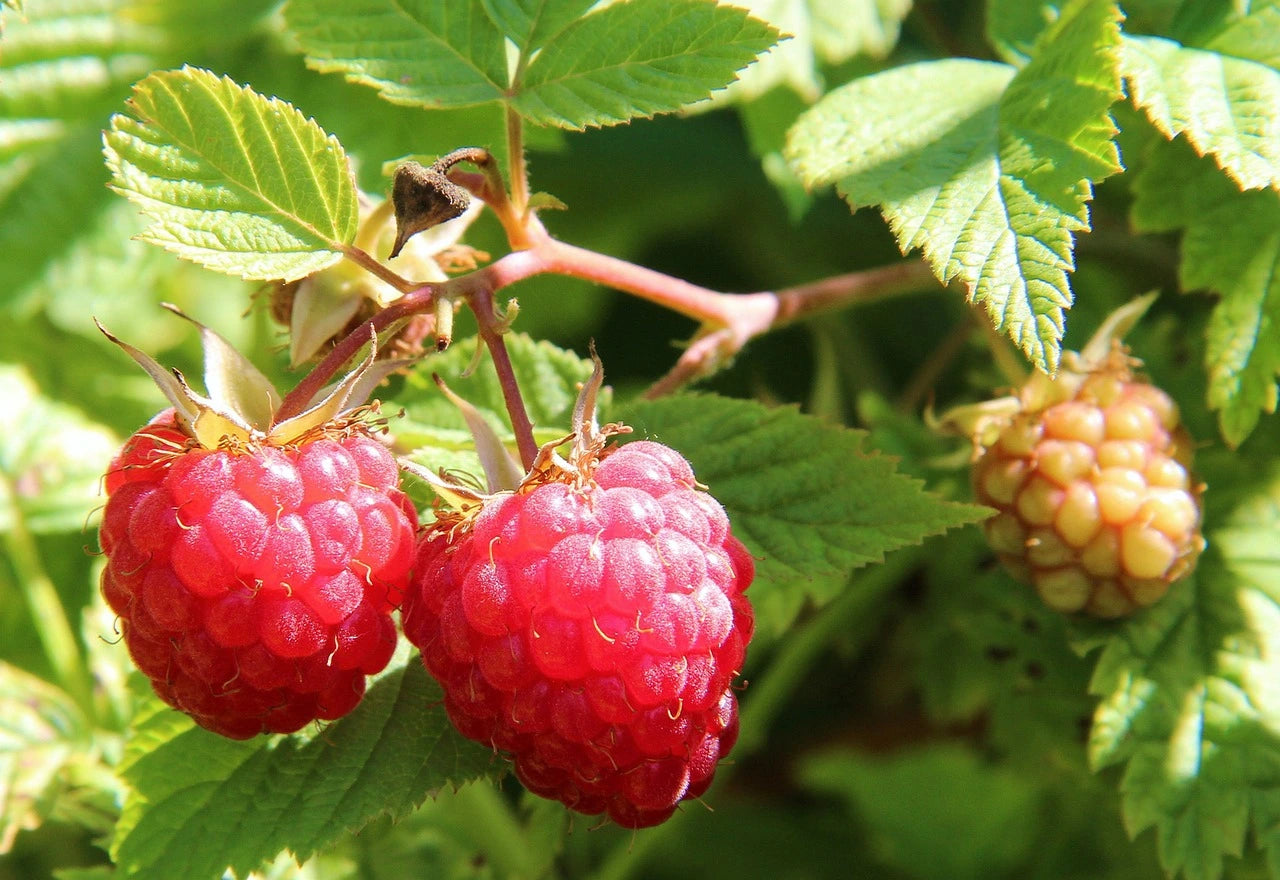
Our quality raspberry plants for professional market gardeners and nurserymen
Quick Read / The Essentials of the Bairiverse Raspberry Range Raspberry cultivation...
-

Our quality blueberries for professional market gardeners
Quick read / the essentials on Myrtilliers Blueberry is currently experiencing spectacular...
-
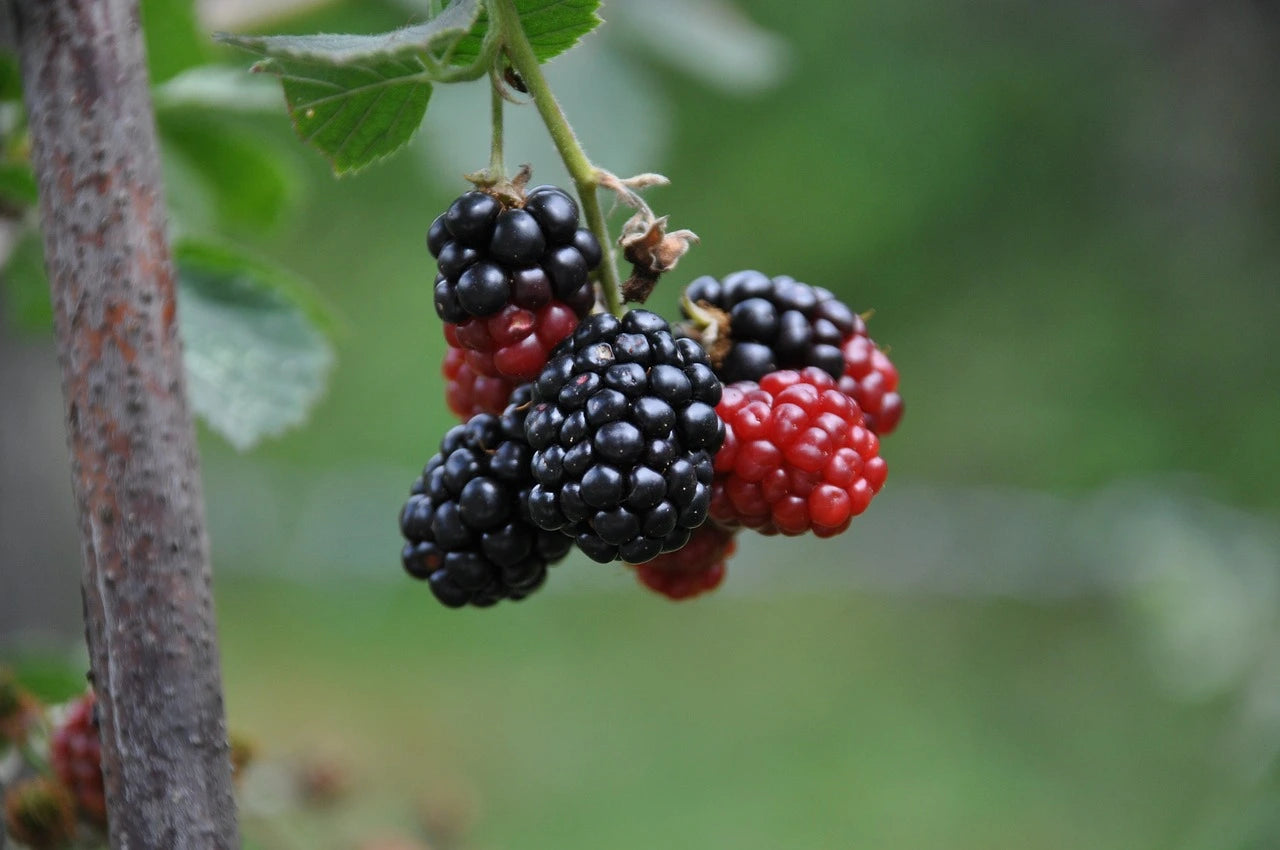
Our quality mulberry trees for professional market gardeners
Quick read / the essentials on Mulberries Mulberry trees are playing a...
-

Our quality gooseberry bushes for professional market gardeners
Quick read / the essentials on Gooseberries The gooseberry bush is gradually...
-

Our quality Gooseberry Bushes for professional market gardeners
Quick read / the essentials on Gooseberry Rovada The Rovada Grape Currant...
-
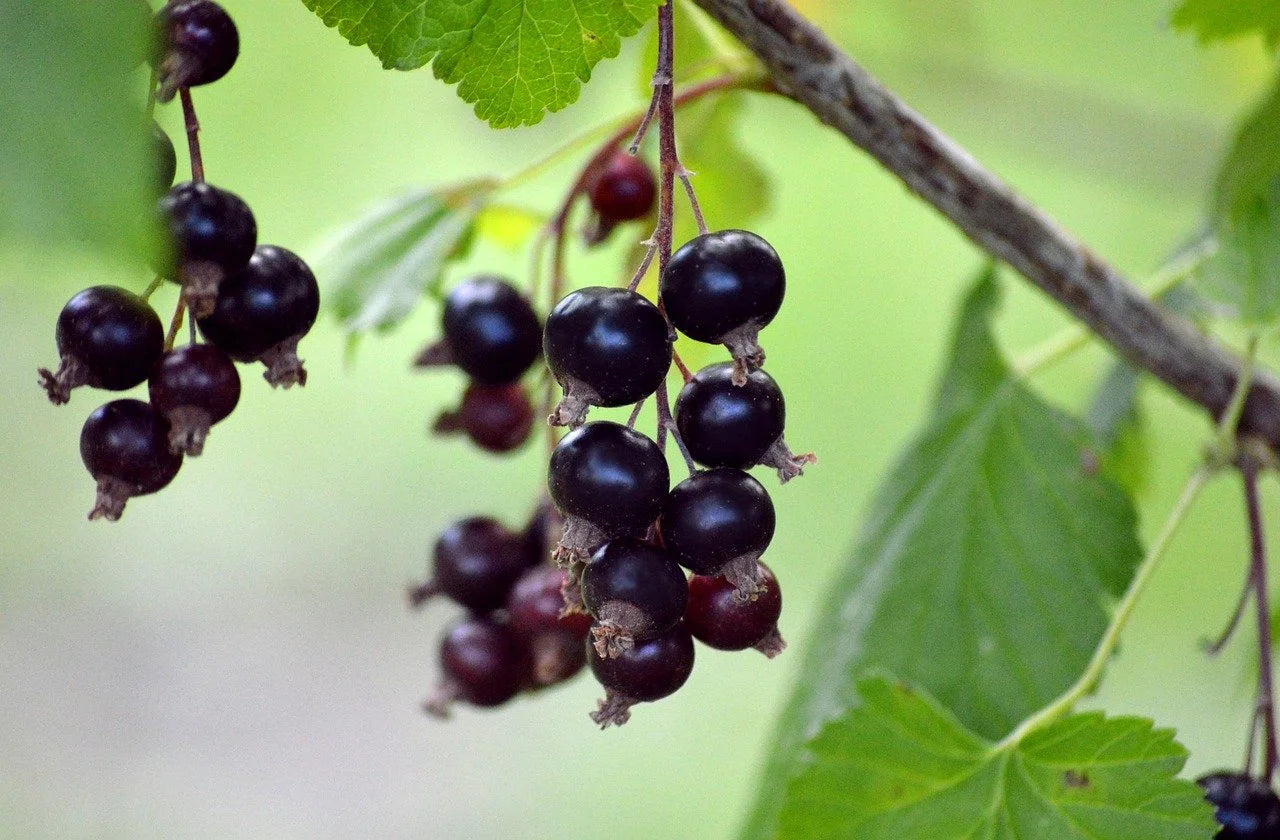
Our quality blackcurrants for professional market gardeners
Quick read / the essentials on Cassissier The blackcurrant bush, also called...
-
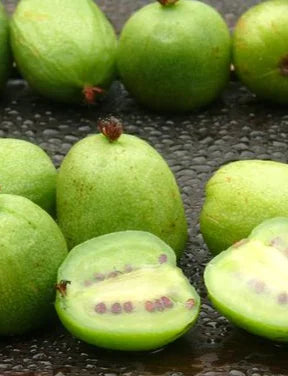
Our quality Kiwi plants for professional market gardeners
Bairiverse: Specialized Wholesale Supplier of Kiwi Plants for Professional Market Gardeners Bairiverse...
-
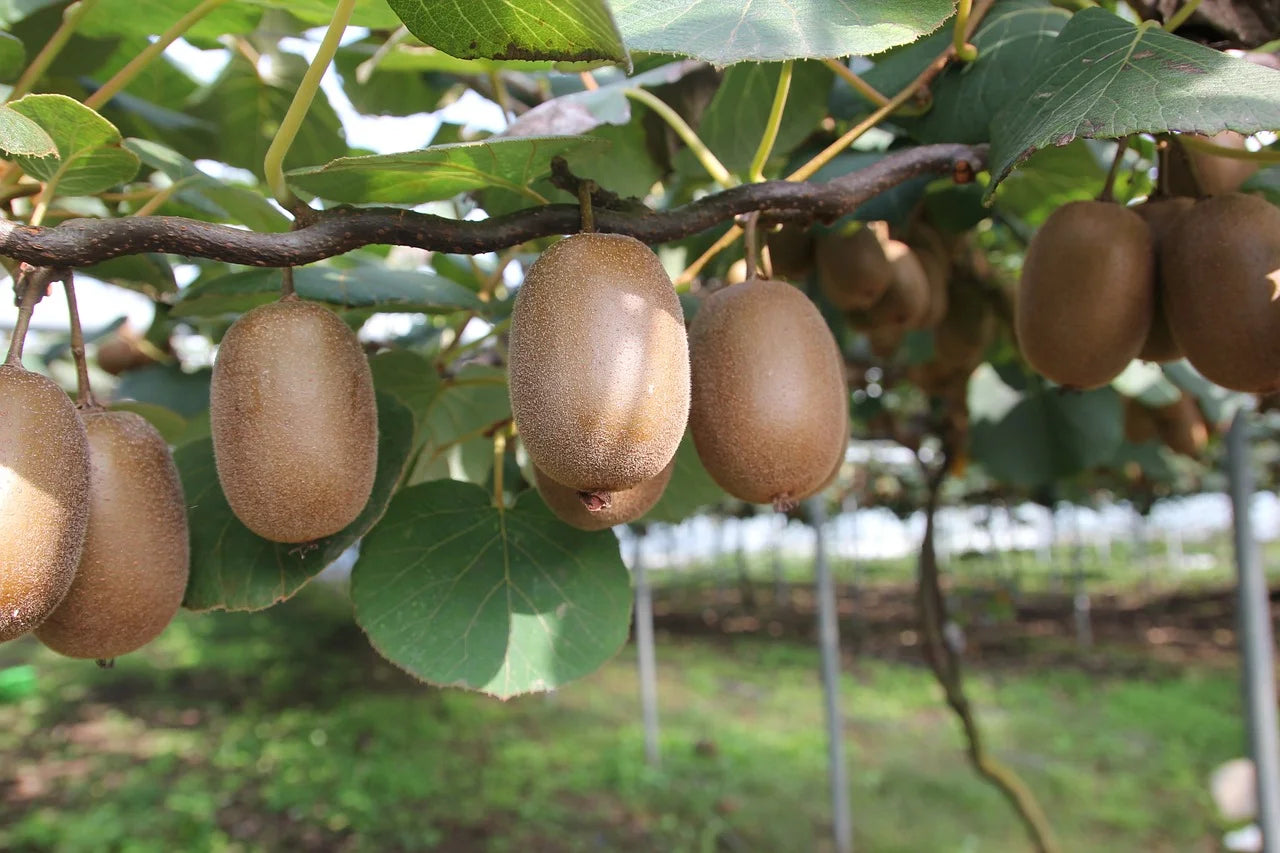
Our quality Kiwi plants for professional market gardeners
Bairiverse: Specialized Wholesale Supplier of Kiwi Plants for Professional Market Gardeners Bairiverse...
-
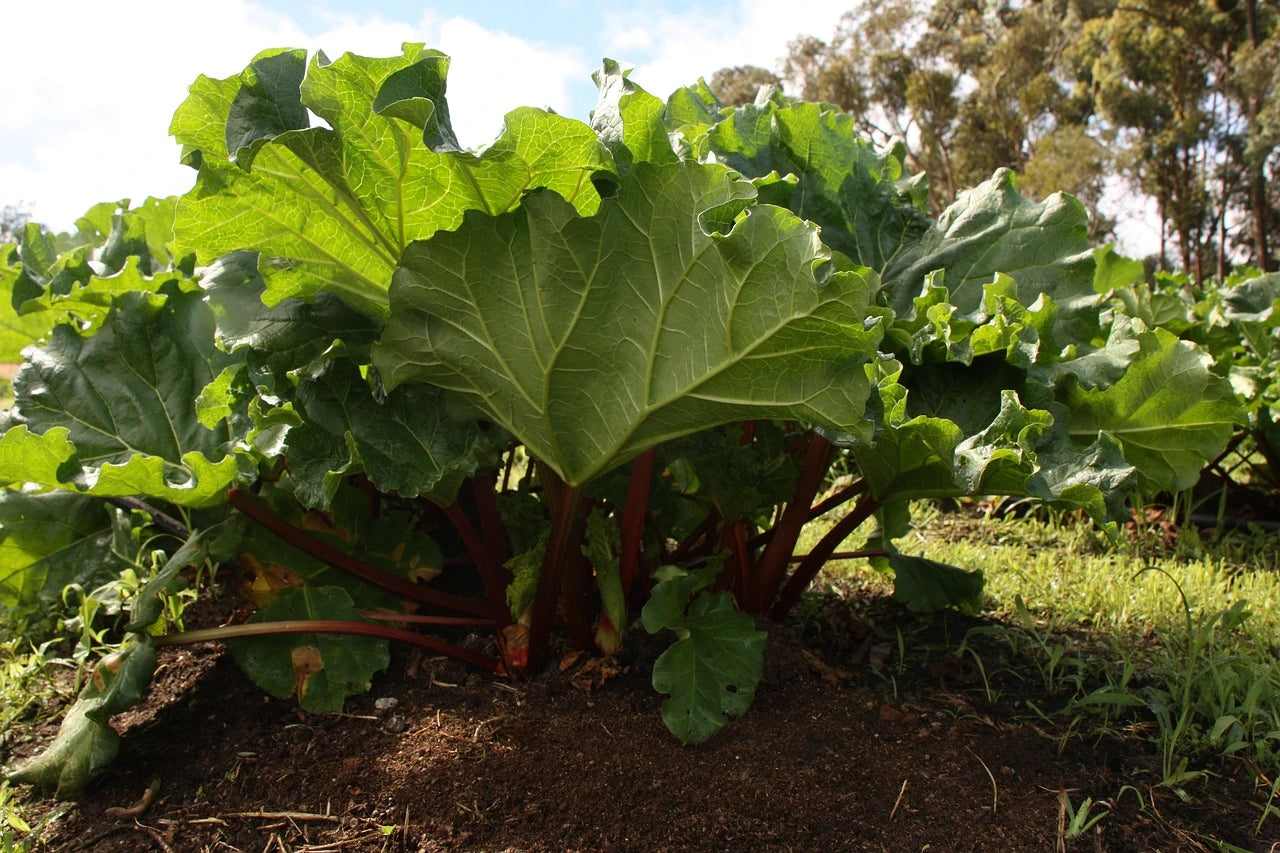
Our quality rhubarb plants for professional market gardeners
Quick read / rhubarb essentials Rhubarb (Rheum rhabarbarum) is a robust perennial...
-
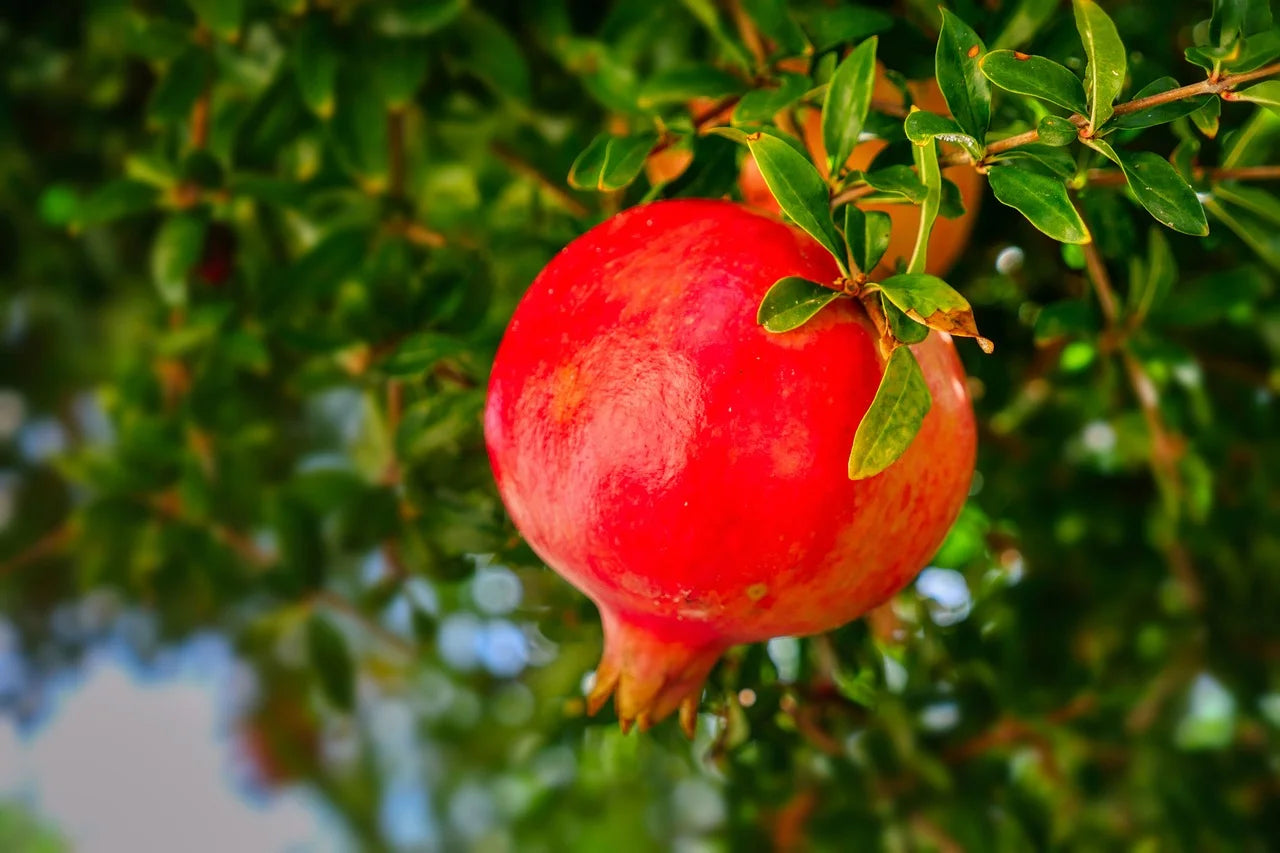
Our quality pomegranate plants for professional market gardeners
Bairiverse: Specialized Wholesale Supplier of Pomegranate Plants for Professional Market Gardeners Bairiverse...
-
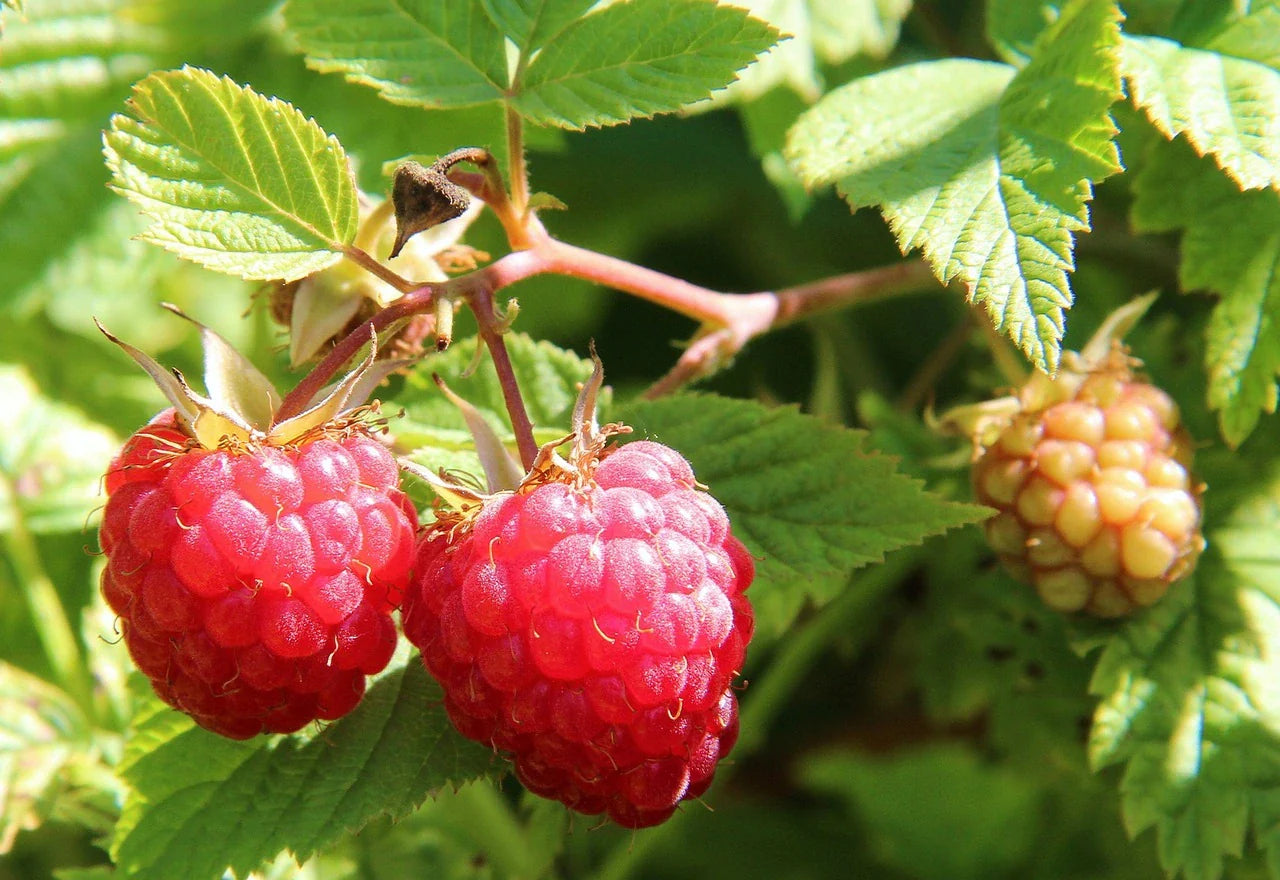
All our Small Fruit Plants
Quick read / the essentials on Petits Fruits The berry market (raspberry,...











